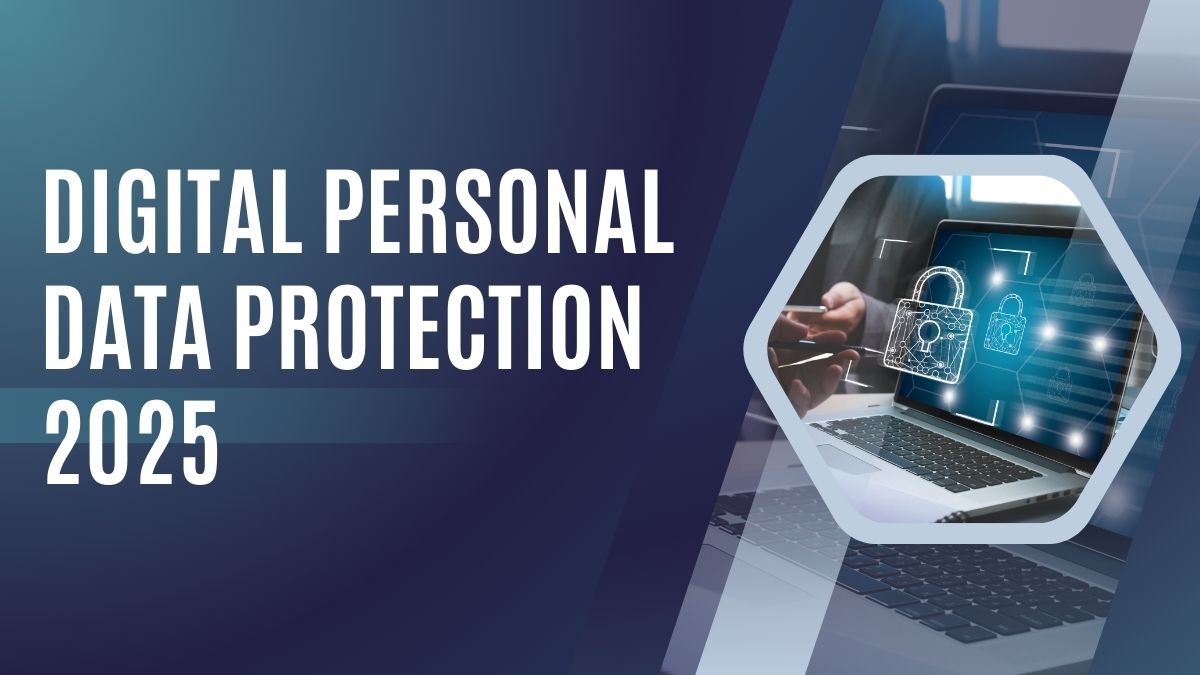In an era where digital interactions have become intrinsically woven into the fabric of daily life, the Digital Personal Data Protection Rules, 2025, emerges as a groundbreaking framework that places special emphasis on protecting society’s most vulnerable members. This comprehensive legislation represents a significant leap forward in digital governance, particularly in its nuanced approach to safeguarding children’s data and ensuring digital accessibility for persons with disabilities.
The Imperative of Protected Digital Participation
The digital revolution has transformed how we live, learn, and interact. Children today are born into a world where their digital footprint begins forming even before they can walk, while persons with disabilities increasingly rely on digital platforms for essential services and social participation. This reality necessitates a delicate balance between enabling meaningful digital engagement and ensuring robust protection against potential exploitation.
Understanding the Stakes
The processing of personal data belonging to vulnerable groups carries inherent risks that extend beyond standard privacy concerns. For children, these risks include exposure to inappropriate content, potential exploitation, and the long-term implications of their digital footprint. For persons with disabilities, the challenges often revolve around accessibility, informed consent, and the potential for discrimination based on their data.
Revolutionary Approach to Parental Consent
The Rules introduce a sophisticated multi-layered system for obtaining verifiable parental consent that sets new standards in digital protection for minors.
Technical Innovation in Verification
The verification framework leverages cutting-edge digital infrastructure while maintaining strict privacy standards. By integrating with Digital Locker services, the system provides a secure and efficient method for identity verification without creating additional privacy vulnerabilities. This approach represents a significant advancement over traditional age-verification methods, which often relied on easily circumventable measures.
Dynamic Consent Management
Rather than implementing a one-time verification process, the Rules establish an ongoing consent management system. This dynamic approach allows parents to:
- Monitor and modify consent parameters in real-time
- Receive regular updates about data processing activities
- Exercise granular control over different types of data processing
- Revoke consent easily when necessary
Strategic Exemptions: Balancing Protection with Practicality
One of the most innovative aspects of the Rules is their recognition that different contexts require different approaches to data protection.
Educational Institution Provisions
Educational institutions receive carefully crafted exemptions that acknowledge their unique role in children’s development. These provisions enable:
- Seamless delivery of educational services
- Maintenance of academic records
- Implementation of necessary security measures
- Communication with parents and guardians
Healthcare Considerations
The Rules demonstrate particular sensitivity to healthcare-related data processing, recognizing that rigid consent requirements could impede urgent medical care. Healthcare providers receive specific exemptions that:
- Allow immediate processing of critical health data
- Enable efficient sharing of medical information when necessary
- Maintain privacy protections while ensuring medical effectiveness
Pioneering Digital Accessibility
The Rules set new standards for digital accessibility, ensuring that persons with disabilities can exercise their data protection rights effectively.
Innovative Consent Mechanisms
The framework mandates the development of alternative consent mechanisms that accommodate various types of disabilities. These include:
- Audio-based consent options for visually impaired users
- Visual alternatives for hearing-impaired individuals
- Simplified interfaces for users with cognitive disabilities
- Support for assistive technology integration
Comprehensive Accessibility Requirements
Beyond consent mechanisms, the Rules establish broad accessibility requirements that cover:
- User interface design standards
- Information presentation guidelines
- Communication channel alternatives
- Technical compatibility specifications
Implementation and Compliance Framework
The success of these provisions relies heavily on their practical implementation. The Rules establish clear guidelines for organizations handling vulnerable groups’ data.
Organizational Responsibilities
Data Fiduciaries must:
- Implement age verification systems
- Train staff in handling vulnerable groups’ data
- Regularly audit their compliance measures
- Maintain detailed records of consent and processing activities
Enforcement Mechanisms
The Rules include robust enforcement provisions with:
- Regular compliance audits
- Significant penalties for violations
- Mandatory breach notification requirements
- Clear remedial action frameworks
Future Implications and Adaptability
The framework demonstrates remarkable foresight in its design, incorporating mechanisms for future adaptation as technology evolves.
Technological Evolution
The Rules anticipate technological advancement by:
- Establishing technology-neutral standards
- Allowing for the integration of new verification methods
- Supporting emerging accessibility technologies
- Maintaining flexibility in implementation approaches
Conclusion
The Digital Personal Data Protection Rules, 2025, represent a significant milestone in digital governance. Their sophisticated approach to protecting vulnerable groups demonstrates a deep understanding of the challenges faced in the digital age. By implementing nuanced, context-sensitive regulations, the Rules create a framework that not only protects vulnerable groups but also ensures their full participation in the digital ecosystem.
The success of these provisions will ultimately depend on consistent enforcement and ongoing adaptation to emerging challenges. However, the foundation laid by these Rules provides a robust platform for building a more inclusive and secure digital future for all members of society.
